Dear Editors,
WAAC, WAC, ANC, ARC, WASP, WAFS, WAVES, WAMS, SPARS—why don’t we ever see any articles about the brave women who served?
Sandy Faulkner
Racine, Wisconsin
Enola Gay
Dear Editors,
I wish to express my deepest thanks for publishing such a superb magazine. What better way to learn about World War II than to read your expert and diverse articles about the most significant war in modern history. I especially enjoyed reading the article about Paul Tibbets and the Enola Gay. My dad, Lt. Col. William T. Rourke, a B-17 pilot with 30 combat missions over Europe during WWII, was actually the last pilot to fly the Enola Gay. He flew it to the Smithsonian Institution where it resides today at the National Air and Space Museum. He told me “it was one beat-up old airplane” by the time he flew it. I can only imagine the incredible amount of time and effort that went into restoring the Enola Gay. I have mixed emotions about the Enola Gay being on display, but one thing I don’t have mixed emotions about is for those thousands and thousands of Allies who risked their own lives for the freedom of others. You are all heroes in my eyes, including you, Dad.
Mark Rourke
Boulder, Colorado
Dear Editors,
I read your article on the number of generals killed in World War II. While it was a comprehensive list, I wonder if you missed one general. General Ken Walker was not included on the list. I wonder if that omission was an oversight?
Brett Arvidson
Thank you. Brig. Gen Kenneth Walker should have been included on the list. He was killed over Rabaul, New Britain, on January 5, 1943.
Dear Editors,
The Russian unit Stephen J. Parshall was referring to in the July 05 Dispatches was the Women’s Death Battalion raised in May 1917 by Maria Bochkareva, which took part in Kerensky’s 1917 summer offensive. On July 9, 1917, His 270-woman unit went into action against the Germans and during the two months they were at the front line, they sustained 80% casualties. Bochkareva herself was a victim of the Russian Revolution and was executed by the Omsk Cheka in May 1920.
James M. Scannell
Ireland
USS West Virginia
Dear Editors,
I have a question about a photograph appearing on page 16 in the November 2005 issue of WWII History. The picture is of the USS West Virginia during the attack on Pearl Harbor and it is reproduced in color. It is one of the most familiar images of the attack and has appeared in countless publications, but always in black and white until recently. My question is, was this photograph originally shot in color or is it an artificially colorized black and white image?
Claybourne C. Snead
Arlington, Virginia
We obtained the photo in question in color (shown above), but it appears to have been colorized, perhaps during the war.
“Pappy” Gunn
Dear Editors,
Two paragraphs in Douglas Sterling’s informative article “Seizing the Solomons and Beyond,” in WWII History’s September 2005 issue need further explanation.
Mr. Sterling wrote regarding the Battle of the Bismarck Sea that “This battle was of tremendous importance to the success of Cartwheel as it so alarmed the Japanese high command that they never again sent large ships to reinforce their garrisons on New Guinea.”
How was this important American victory possible? Primarily because of one driven man, Paul I. Gunn. Paul Gunn was a retired U.S. Navy carrier pilot who was living in Manila with his family. He was called back into military service by the U.S. Army Air Force at the beginning of World War II.
Part of Paul I. “Pappy” Gunn’s legendary WWII service was his many creative military innovations. One innovation called for adding eight 50-caliber machine guns to the front of U.S. Air Force bombers. Those medium bombers flying low and strafing chewed up Japanese Army defenses.
Pappy’s most important innovation was medium bomber skip bombing techniques. Where large, high-flying bombers were unsuccessful, low-flying medium bombers were successful using skip bombing techniques in the Battle of the Bismarck Sea, March 3, 1943. Skip bombing by medium bombers prevented the Japanese convoy from bringing reinforcements to desperate Japanese troops on New Guinea. This battle was the turning point of the war in the southwest Pacific theater.
All of Paul “Pappy” Gunn’s colorful life, legendary military service, and why he was so driven is detailed in the book, Pappy Gunn by Nathaniel Gunn.
Johnny R. Higgins
Fruitvale, Texas
Dear Editors,
I enjoyed your four articles in the May 2005 issue, “Cauldron of Death,” “Shocked Beyond Imagination,” “Victory At Last,” “Russo-Japanese Clash at Nomonhan,” and the profile of Hanna Reitsch (the greatest woman flier ever).
On page 37, I am very sure that the tank shown is a T-26 instead of a T-34 (the T-34 has a sloped front and a Christie suspension).
Regarding the letter from Steve Roersma, the easy way to tell the difference between the Mark III and the Mark IV is that the Mark III has six road wheels (bogies) and the Mark IV has eight.
F.W. Huempfner
Green Bay, Wisconsin
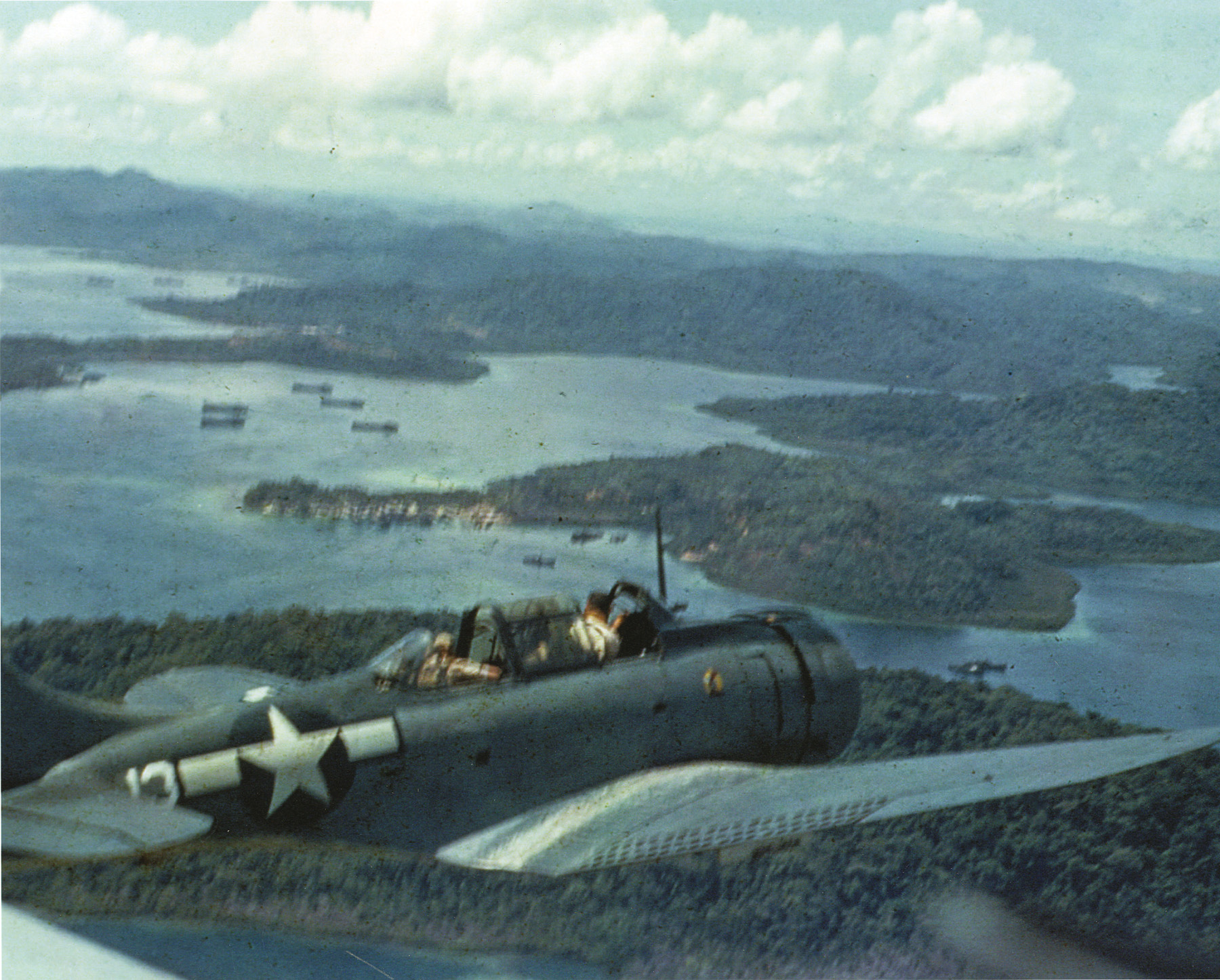
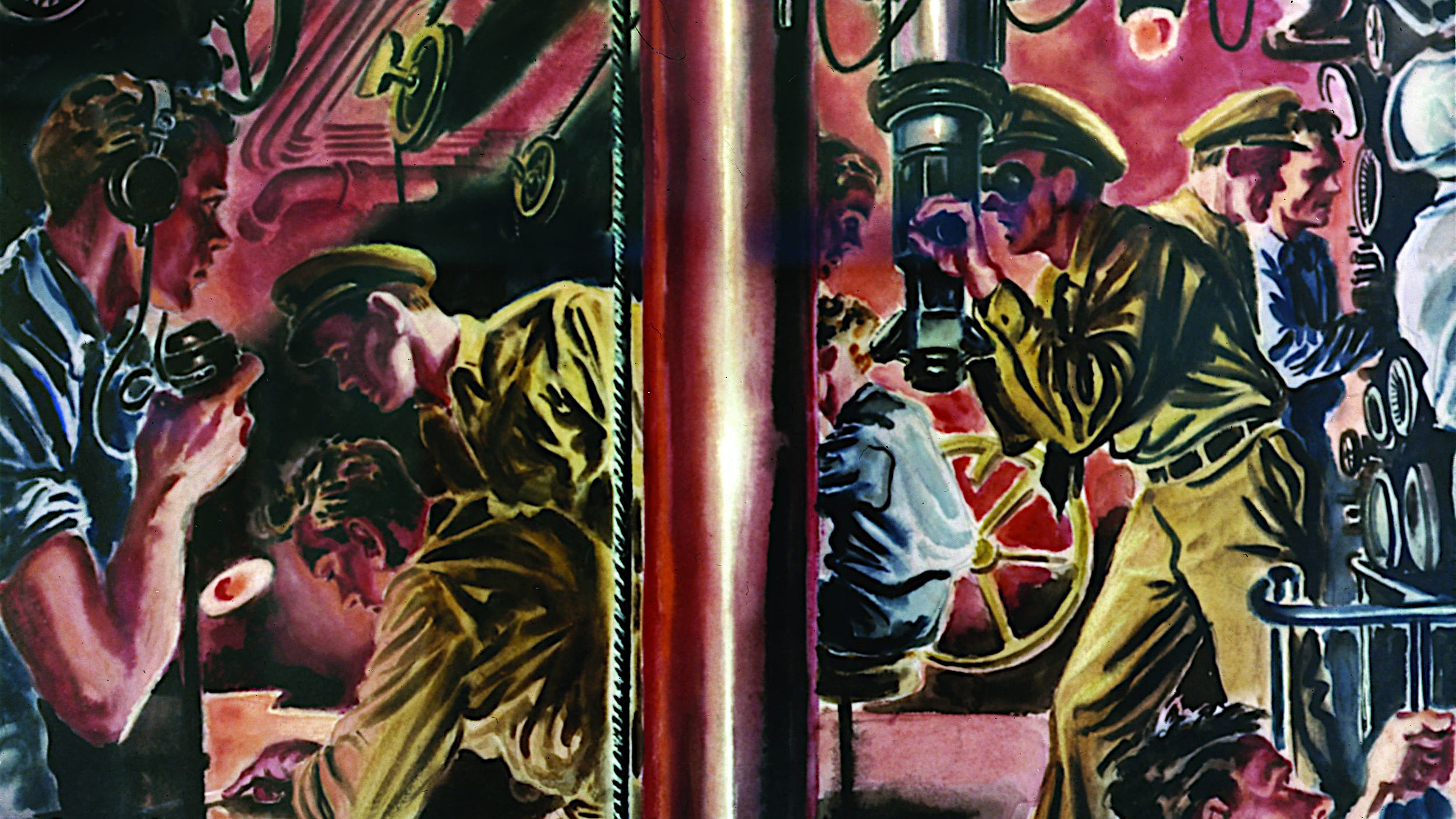


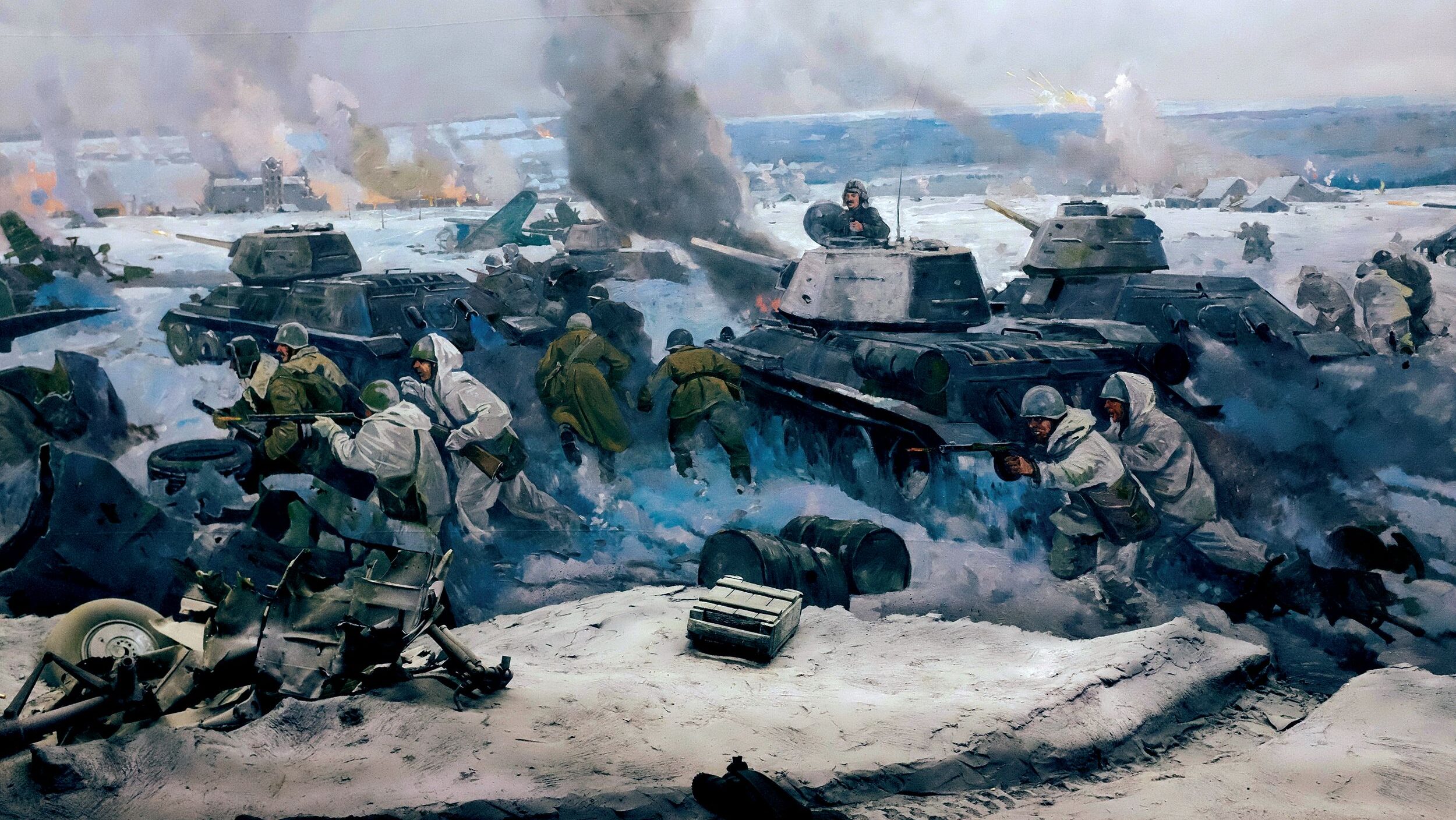
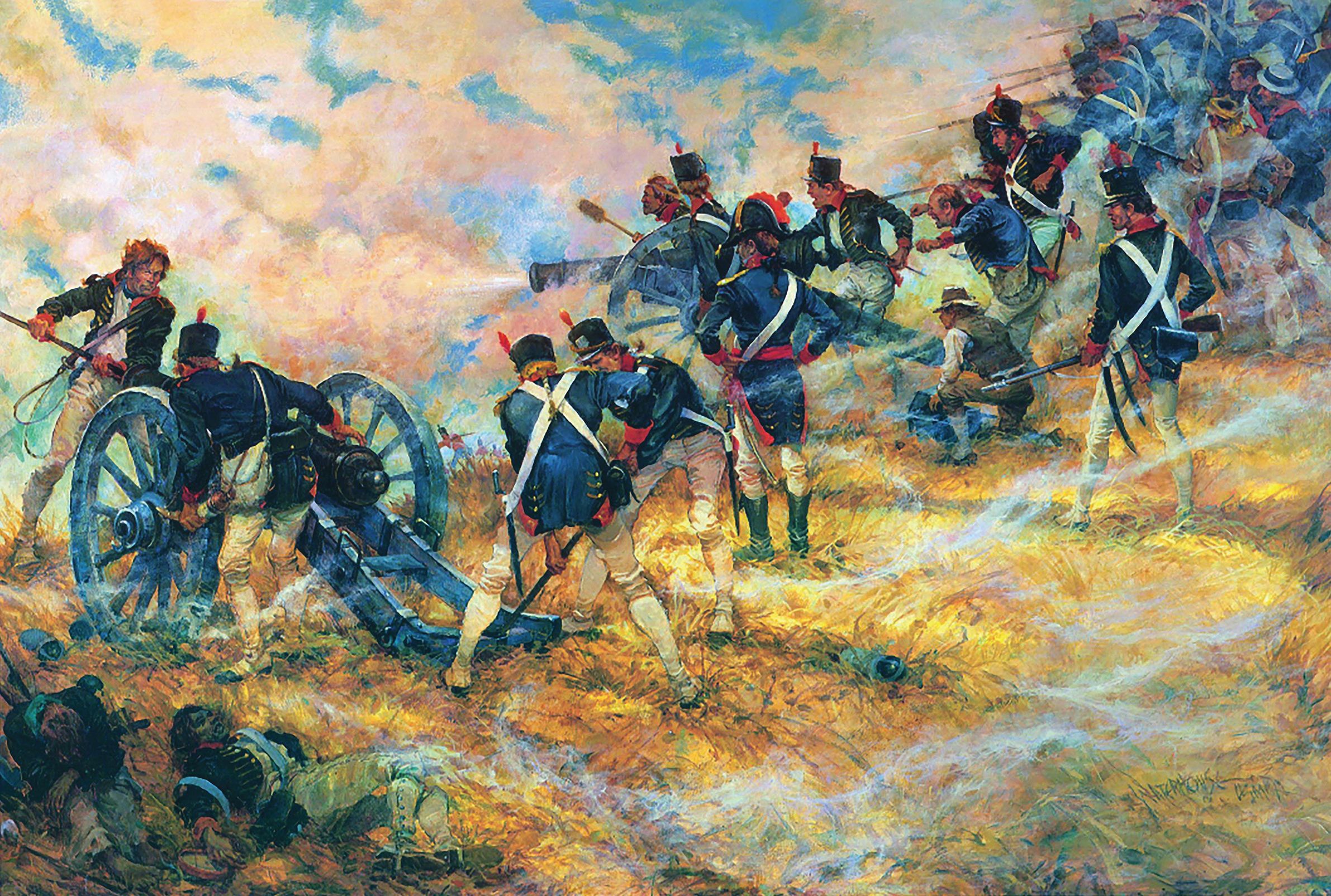
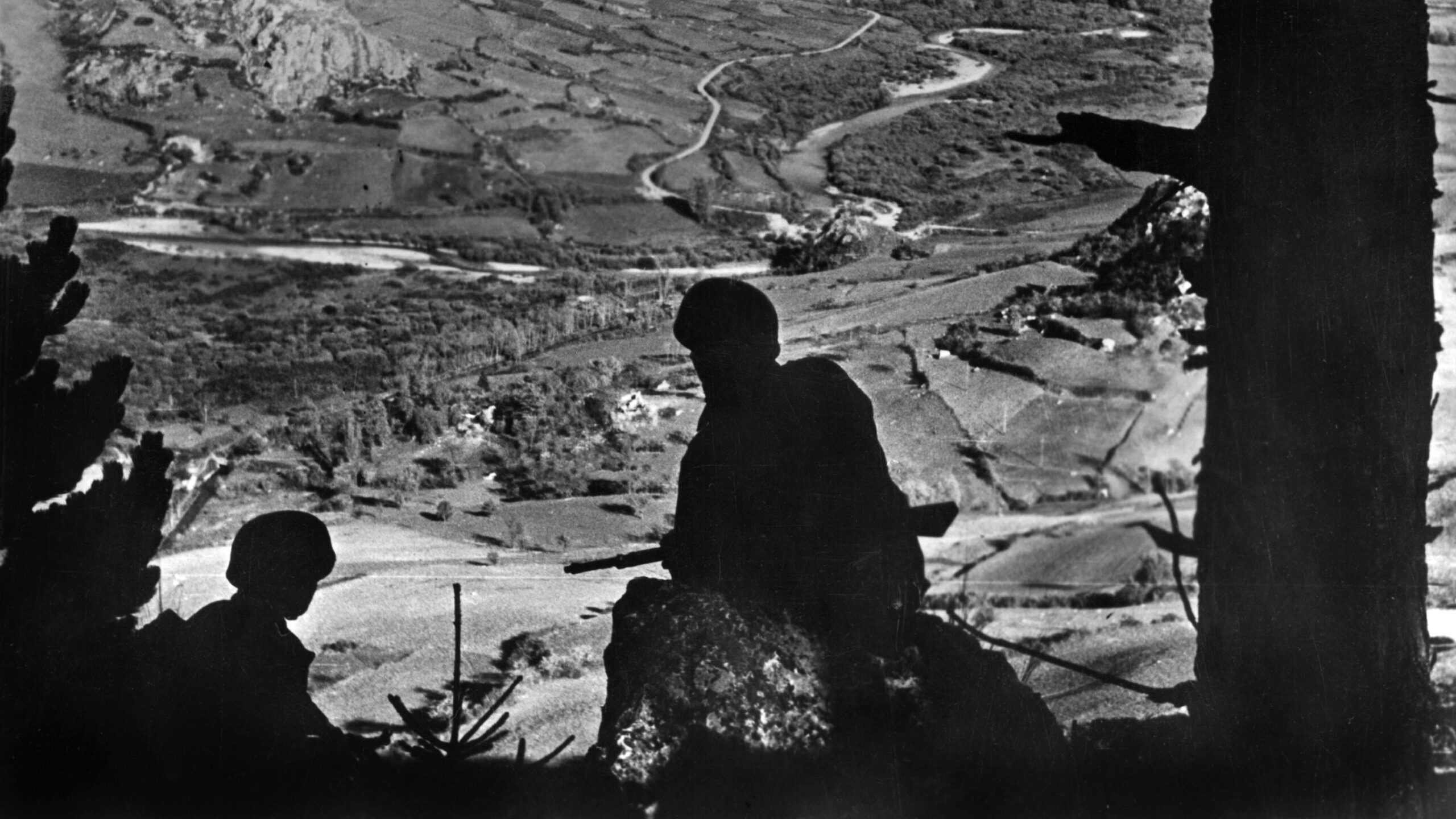
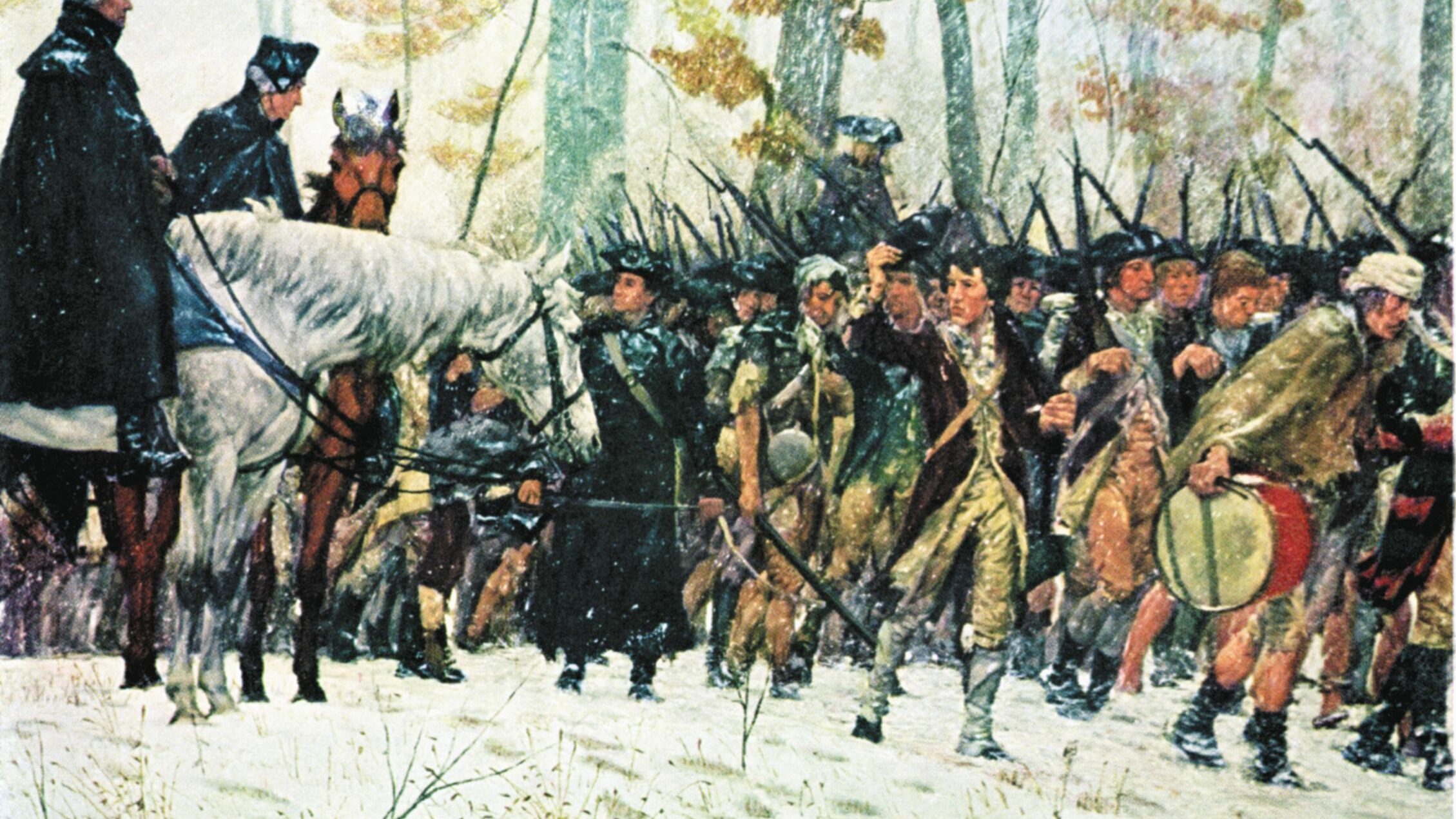
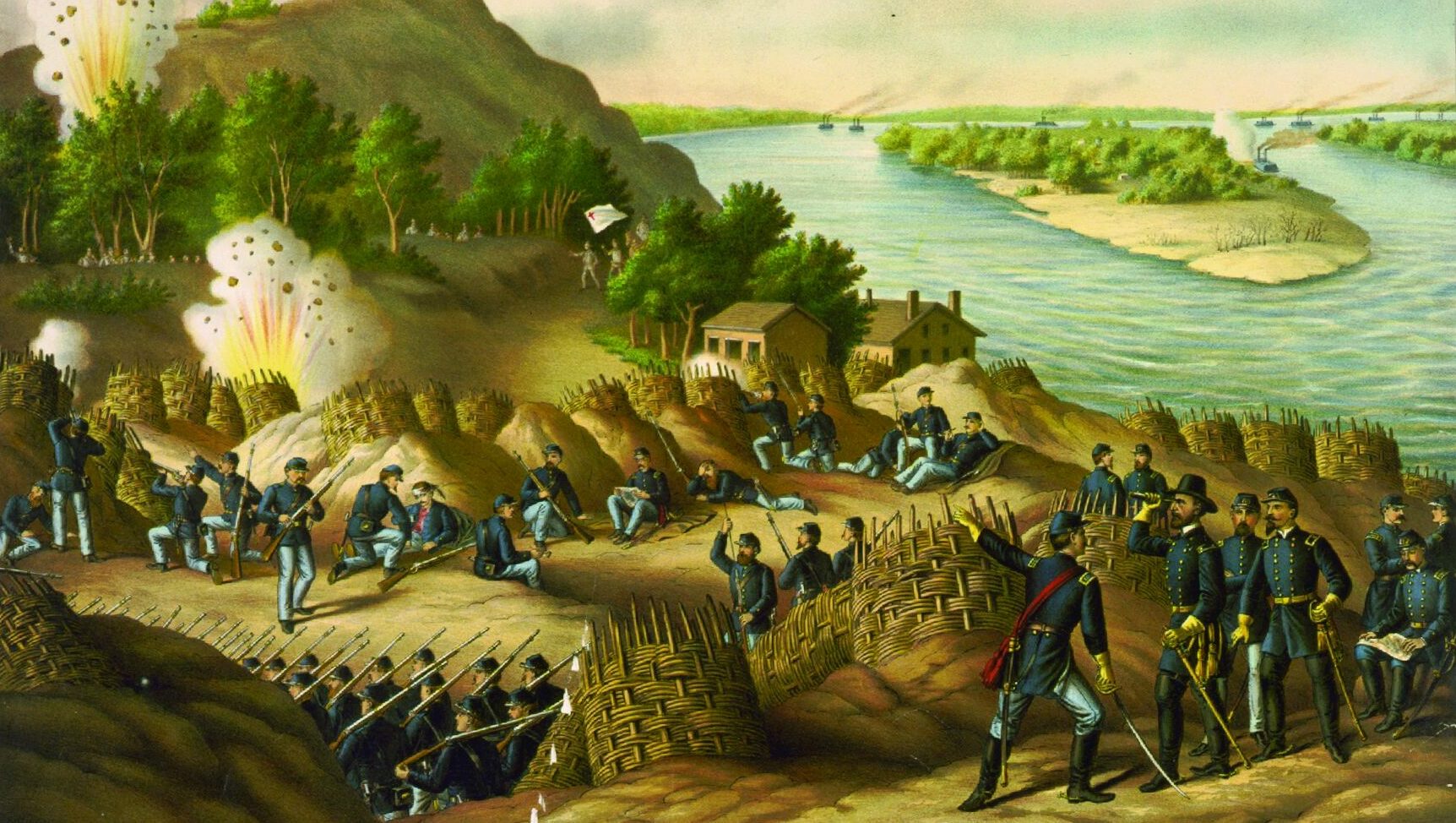
Join The Conversation
Comments
View All Comments